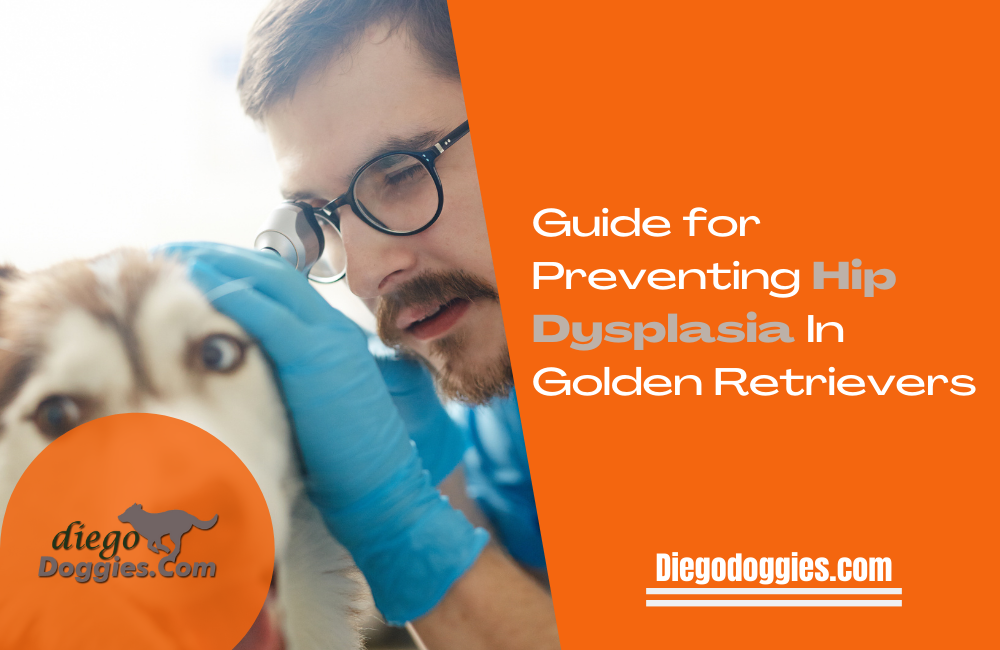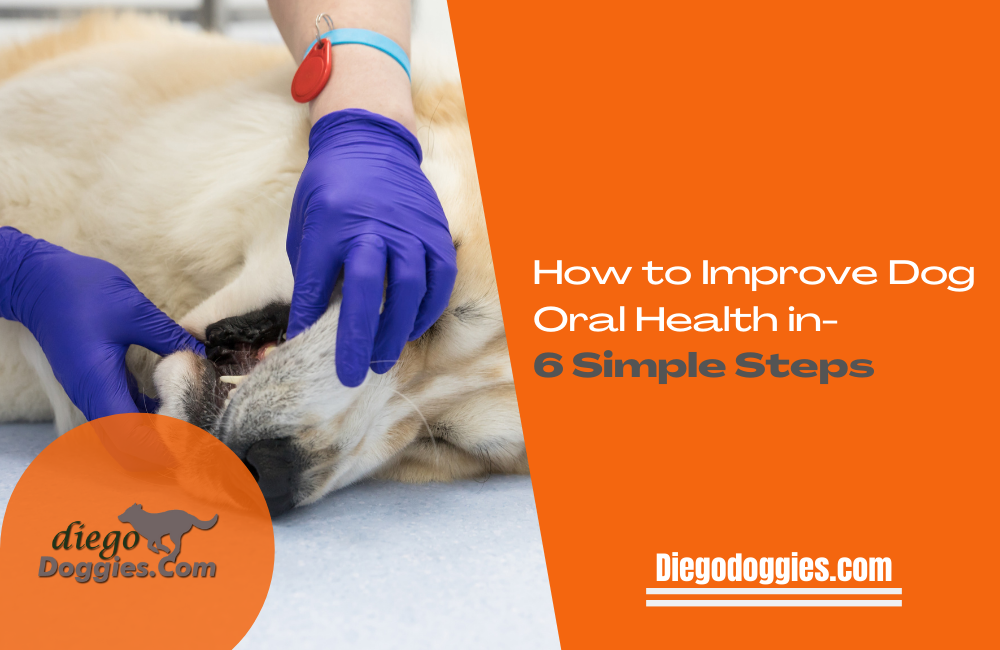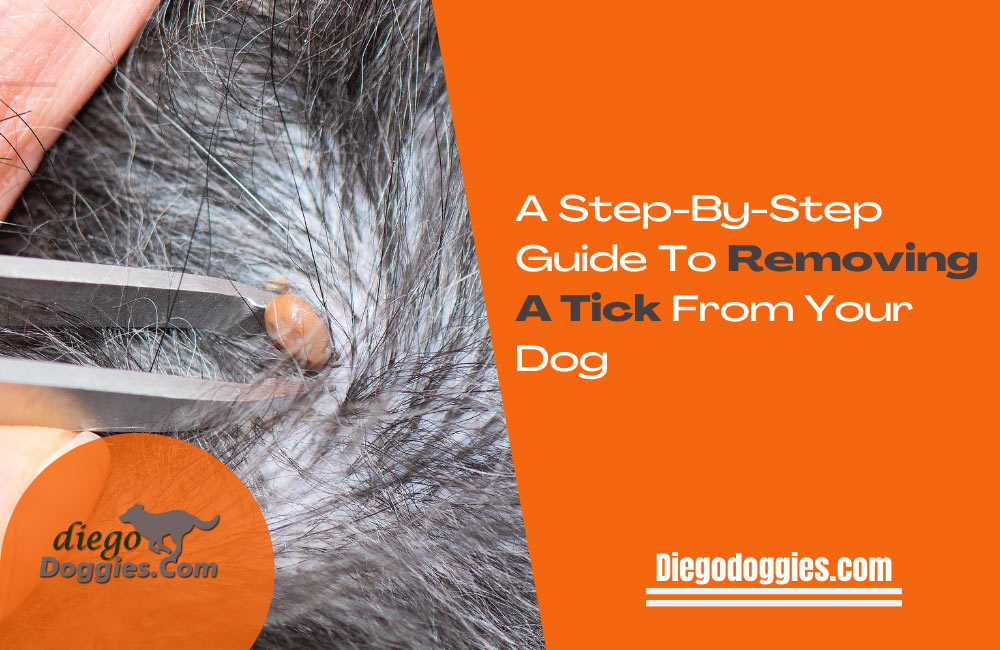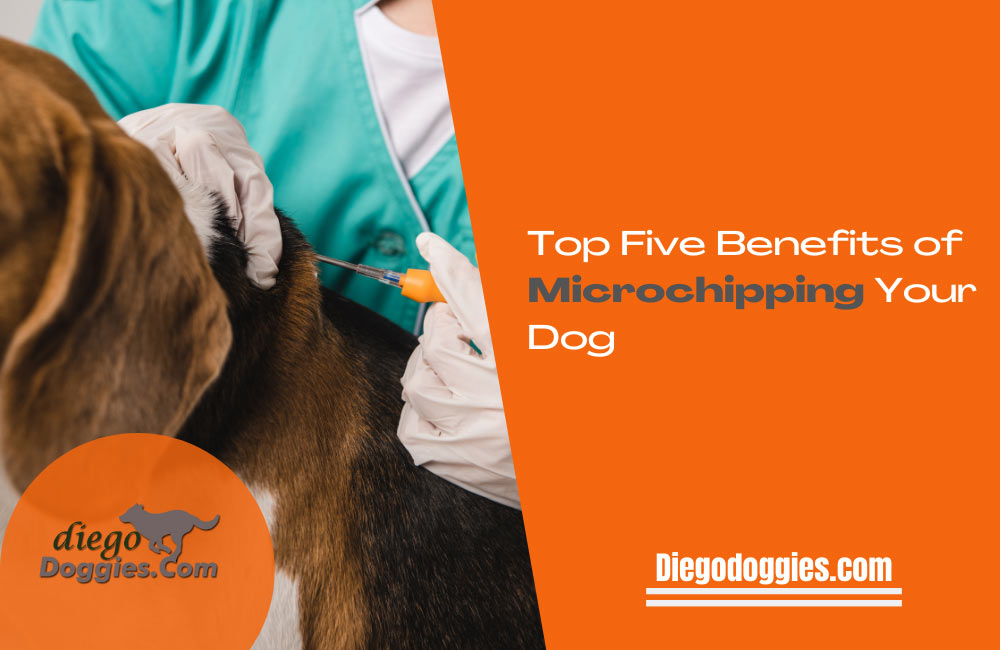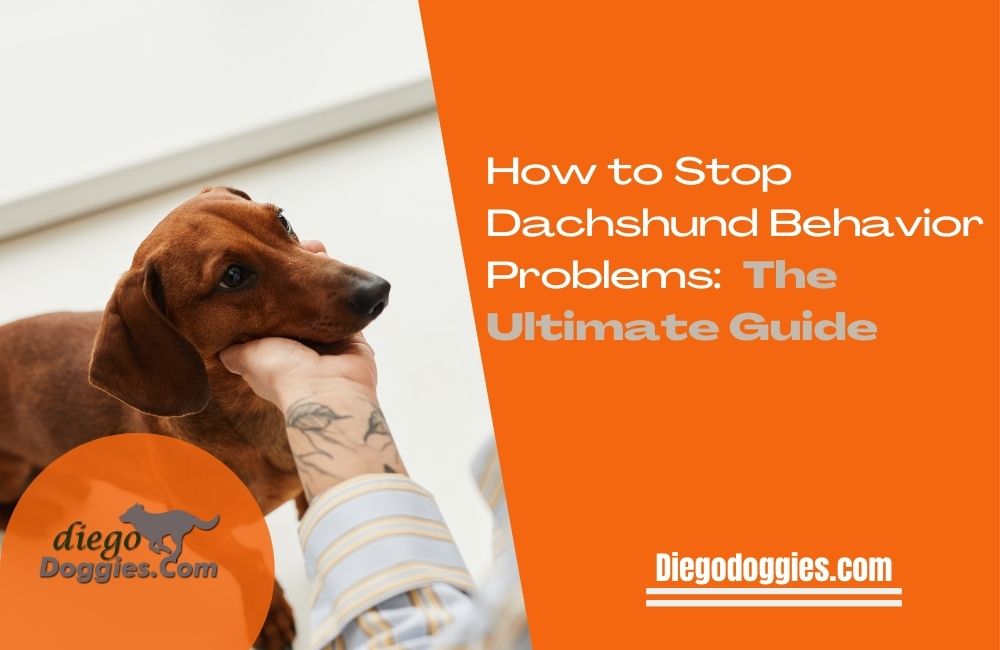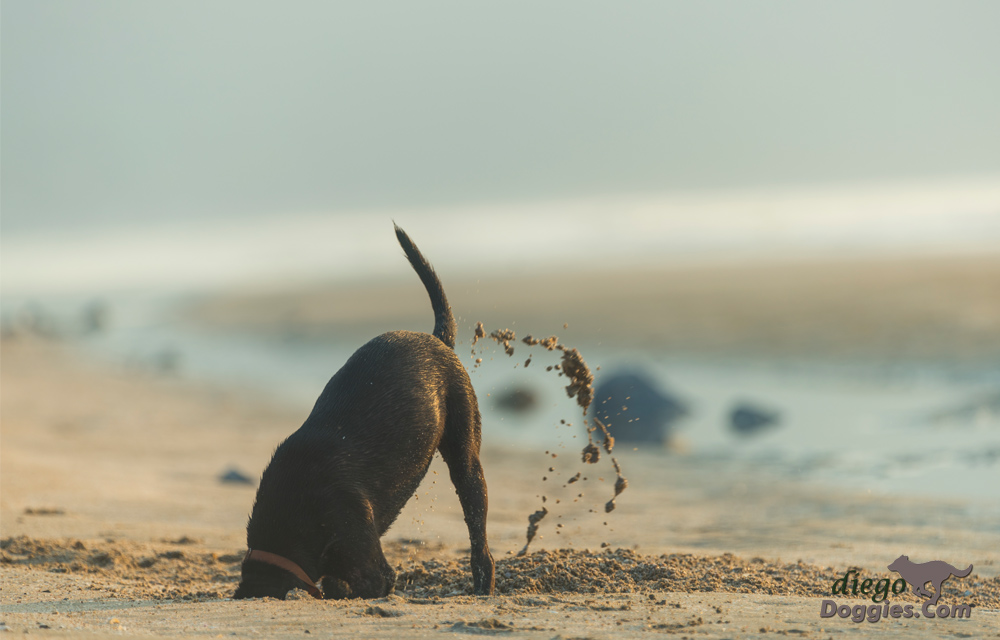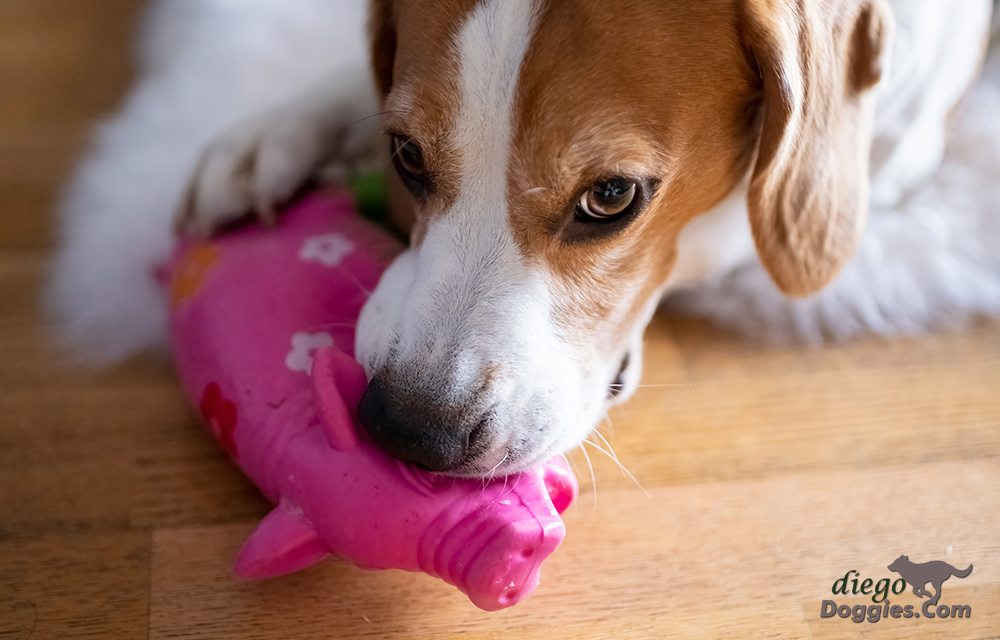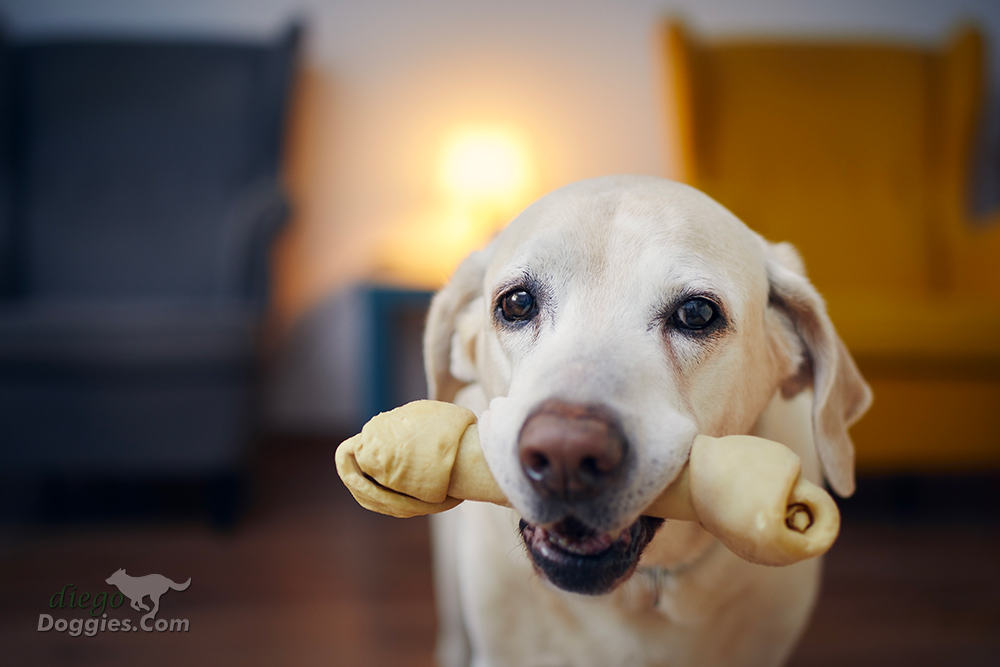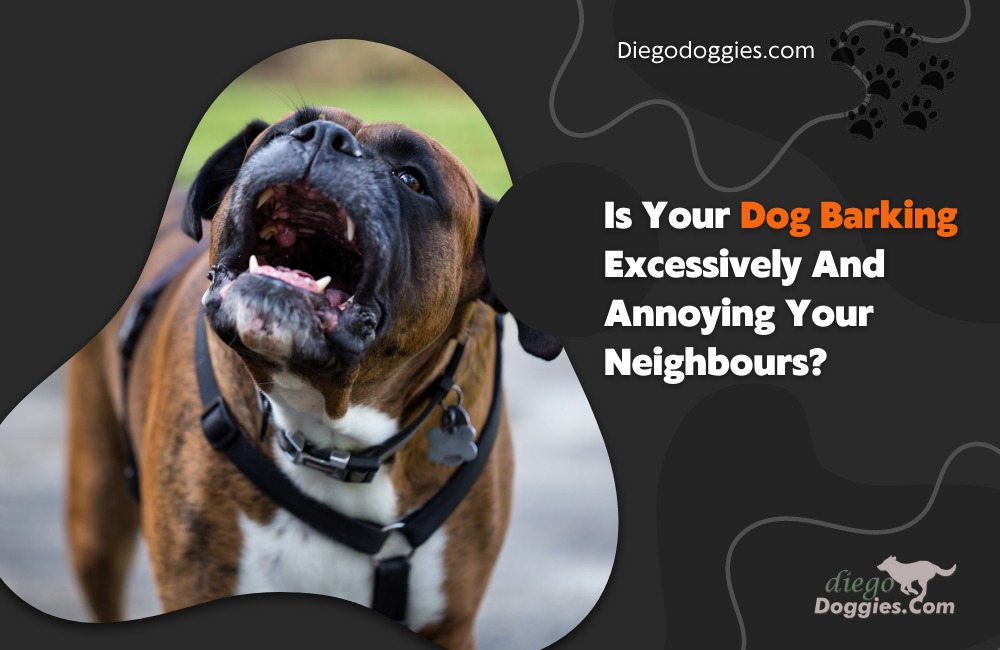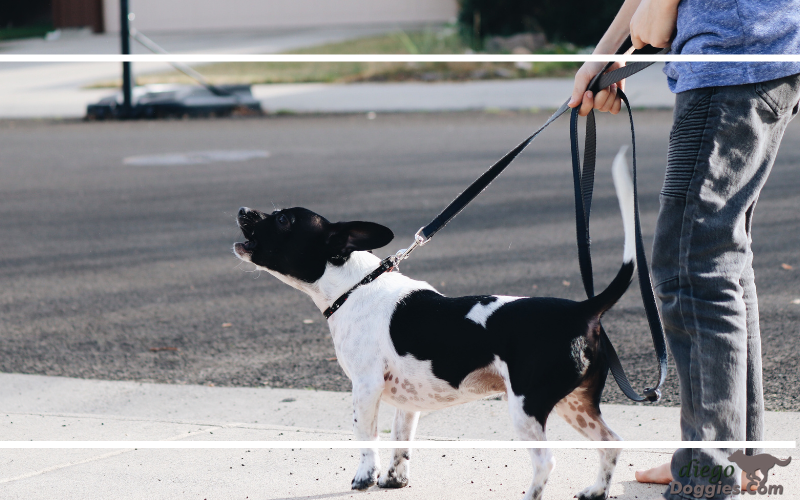There are a few things to consider when choosing the best flea treatment for dogs. The first is whether you want a topical treatment or an oral medication. Topical treatments are applied directly to the dog’s skin and are typically more effective at killing fleas. Oral medications are ingested by the dog and work through their system to Kill Fleas.
The second thing to consider is whether you want a preventative treatment or a treatment for Fleas that are already on your dog. Preventative treatments are typically more expensive but will help keep Fleas from getting on your dog in the first place.
If your dog already has Fleas, there are many different oral and topical treatments available to kill them. The important thing is to choose a Flea treatment that is safe for your dog and that you feel comfortable using.
There are many different flea treatments on the market, so be sure to do your research before choosing one. Ask your veterinarian for recommendations and always follow the directions on the package. With a little bit of effort, you can find the best Flea treatment for your dog and keep them healthy and Flea-free.
Flea collars are one option for Flea treatment, and they come in both Preventative and treatment varieties. The important thing to remember with Flea collars is that they must be replaced every few months as Fleas can quickly build up immunity to the chemicals in them.
There are also many spot-on treatments available that are applied directly to the dog’s skin. These treatments typically last for a month and are effective at killing Fleas.
Oral Flea medications are another option, and they work by being ingested by the adult fleas via the blood system of the dog. This prevents Fleas from being able to reproduce effectively and quickly eliminates an infestation.
No matter which Flea treatment you choose, it is important to follow the directions on the package and to reapply or replace the treatment as directed. With a little bit of effort, you can keep your dog Flea-free all year long.
How Do Fleas Multiply So Quickly
Fleas can multiply quickly because they have a short life cycle. The Flea eggs are laid on the dog and then fall off into the environment. The eggs hatch into larvae and then turn into Fleas.
The Flea can then mate and lay more eggs, starting the cycle all over again. Therefore, it is so important to Flea-proof your home and yard and to treat your dog with a flea treatment that will kill fleas at all stages of their life cycle. With a little bit of effort, you can keep your dog Flea-free all year long.
How Do I Know If My Dog Has Fleas
There are a few things to look for if you think your dog might have Fleas. The first is Flea dirt, which is small black specks that look like pepper. This is Flea feces, and it contains blood. Another sign of Fleas is excessive scratching or biting, as Fleas can be very irritating to dogs. If you see any of these signs, it is important to act and treat your dog for Fleas. The sooner you catch an infestation, the easier it will be to get rid of Fleas.
Flea collars are one option for Flea treatment, and they come in both Preventative and Treatment varieties. The important thing to remember with Flea collars is that they must be replaced every few months as Fleas can quickly build up immunity to the chemicals in them.
There are also many spot-on treatments available that are applied directly to the dog’s skin. These treatments typically last for a month and are effective at killing Fleas.
Oral Flea medications are another option, and they work typically target either flea eggs or adult fleas, but not both, so you may have to pick up several drugs to eradicate the infestation. Your veterinarian will be able to advise you of the best approach.
Conclusion
Fleas can be a nuisance for both you and your dog, but there are many treatments available to get rid of them. With a little bit of effort, you can find the best Flea treatment for your dog and keep them healthy and Flea-free all year long. If in doubt at all we recommend that you consult your veterinarian.
Related Content
- Alga Norte Dog Park with Training Obstacles & Nice Off-Leash Areas
- Coronado Dog Beach near San Diego Offers Great Point Loma Views
- Del Mar Dog Beach with Spectacular Cliff Views
- Dusty Rhodes Dog Park in San Diego near Ocean Beach
- Fiesta Island Dog Beach Off-Leash Dog Park at Mission Bay
- Grape Street Dog Park in Balboa Park Brings Nature to the City
- Morley Field Off-Leash Dog Park in Balboa Park – Amazing Canyon Views
- Nate’s Point Off-Leash Dog Park at Balboa Park
- Ocean Beach Off-Leash Dog Beach in San Diego, CA
- Rancho Bernardo Off-Leash Dog Park in San Diego, CA
- Dog Grooming – Tips And Tools
How To Clean A Dog’s Clothes, Sweaters, Bedding & Collars
10 Best Park Accessories for Dog Owners
Is Your Dog Barking Excessively And Annoying Your Neighbours?
Dog Grooming Take- Diego Doggies
Restrain a Dog for Grooming: The Safe and Easy Way
Start a Dog Grooming Business
Adopt a Dog in San Diego: Everything You Need to Know
Dog Training Cost? A Comprehensive Guide
Right Dog Raincoat: The Ultimate Guide
San Diego Dog Park Safety Tips, Training, and Dog Accessories
What You Should Do To Become a Responsible Dog Owner
7 Benefits of Dog Grooming and Exercising in San Diego


